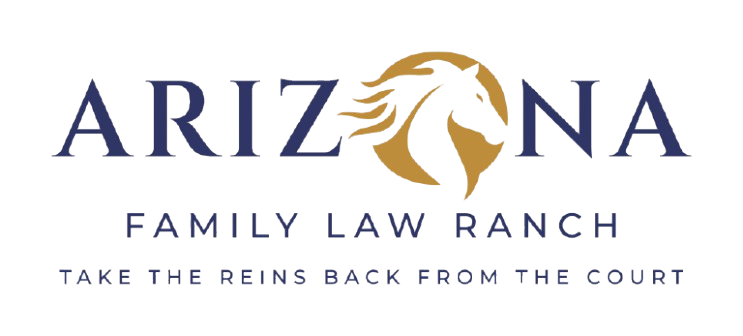Domestic violence abusers must change their tactics to achieve power and control after a survivor physically leaves. It is important for judicial professionals, attorneys, and providers to recognize these reinventions, in addition to the classic 12 DV tactics, in order to keep children and survivors safe post-separation. These behaviors, left unchecked, allow abusers to continue doing physical, emotional, psychological, legal, and financial harm. No one chooses or deserves to be the recipient of these behaviors:
1. Economic Abuse
Withholding money, stealing money, preventing earning, refusing to pay bills, intentionally ruining someone’s credit, giving an unreasonable allowance, excluding from budgeting decisions, driving up costs, concealing financial info, limiting access.
2. Counter Parenting
Undermining the safe parent’s parenting abilities & decisions Denying or withholding consent/care for child’s medical or therapeutic needs. Seeking to impose opposing values in the child to spite the safe parent. Behavior driven not by child’s best interest but by anger and the desire for unwarranted revenge.
3. Undermining Safe Parent
Disrupting child sleep schedules and feeding patterns. Withholding essential information about child’s social, emotional, or physical needs. Demanding visitation schedules at child’s expense. Contradicting safe parent’s rules and expectations.
4. Unfounded Alienation
Allegations responding to a child’s reasonable preference for the safe parent, due to abusive behaviors and lack of bonding, by making false claims of alienation. This is an offensive legal strategy, not based in fact or research, to continue to harm the safe parent.
5. Intimidation/Harassment/Stalking
Sending an overwhelming number/length of emails, phone calls, and manipulative, threatening, and abusive messages. Monitoring whereabouts, interactions, social media, etc. via devices, online tools, or spyware. Using children to justify breaking protective orders. Harassing through 3rd parties.
6. Neglectful/Abusive Parenting
Exposing children to unsafe or inappropriate situations, content, or people with intent of creating concern and fear for the safe parent. Neglecting child during their time. Using violence in front of children or using violence, intimidation, threats, manipulation, and ridicule to gain compliance from the children. Placing own needs above the child’s.
7. Coercive Control
Creates pervasive fear in the safe parent’s life. Consistently belittles, undermines, shames, and criticizes the safe parent. Manipulates family, friends, or community into conflict with the safe parent to remain in control and gain an advantage (triangulation) Imposes a false narrative to make the safe parent doubt reality, memory, and perceptions (gaslighting).
8. Using Isolation
Spreads lies and rumors to family, friends, teachers, and community relationships to discredit the safe parent and destroy their support system and reputation Paints a false narrative, projecting their own issues to discredit the safe parent. Withholds child’s social interaction to maintain abusive parents’ sphere of control/
9. Disrupting the Child/Safe Parent Relationship
Isolating children from the safe parent. Coercing safe parent to ally with them. Using children as spies. Degrading the safe parent in front of the children.
10. Discrediting the Safe Parent
Using social status, sexual identity, immigration, race, religion, education, income against safe parent. Unfounded accusations of bad parenting. Falsely accusing of using drugs or being ‘crazy’. Exploiting children’s needs to gain sympathy.
11. Legal Abuse
Misuse of the court system against the victim, filing repeated, unreasonable motions, appealing orders without legal basis, requesting excessive & unrelated discovery, intentionally making baseless of false accusations, unreasonably relitigating, deliberately delaying, filing excessively long or unreasonable motions to drive up costs, refusing to obey court orders, threatening subsequent actions, filing unreasonable professional complaints against victim’s attorney, judges, and court-adjacent professionals (eg. therapists), threatening/reporting/suing those helping the victim and/or their children
12. Ongoing Physical, Emotional, and/or Sexual Abuse with Opportunity Threatening to kill, kidnap, or abuse the children. Physically, sexually, or emotionally abusing the safe parent and/or children. Exposing children to pornography. Threatening suicide
Resources: Deluth, Glasgow, Beyond Power & Control, OMB,
Action Circle
SOLUTIONS FROM STORIES



